Author’s Note(s): While the credits seem to suggest that this adventure was written by M J Dougherty, he doesn’t credit himself on his website. Additionally, I have read and prepared, but yet to play through this product.
This review contains spoilers for The Last Train out of Rakken-Goll and the D&D adventure module Red Hand of Doom.
Last week, Shaka when the walls fell, but this week I am going to take a deep dive into The Last Train Out of Rakken-Goll for Mongoose Traveller 2E. And regardless of what I end up concluding about the adventure I must say, kudos to Mongoose on the cover and title.
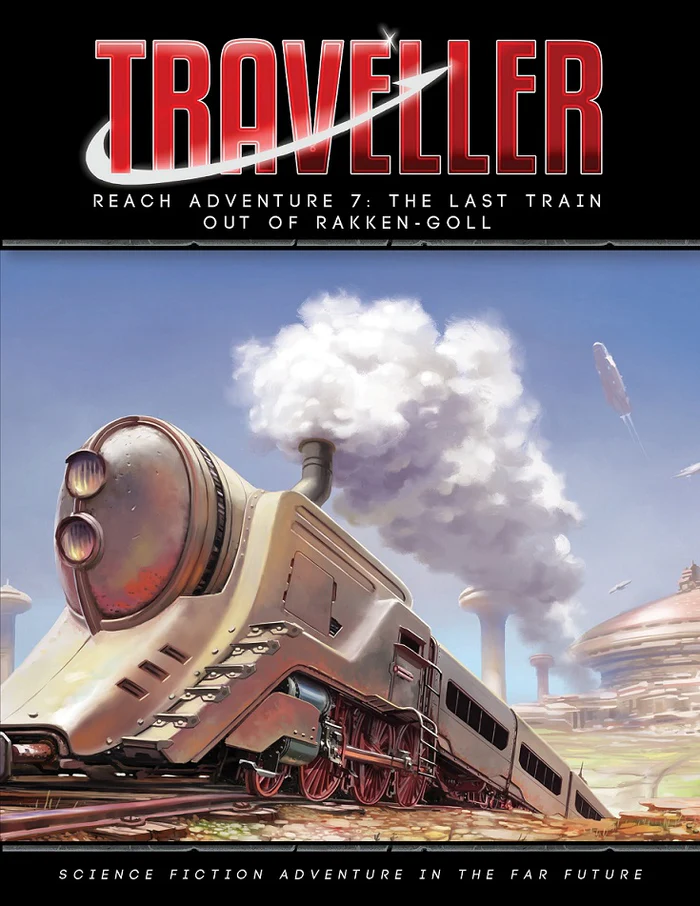
The cover and the name of this module were really what drove me to purchase it (for a solid $15 in physical and pdf), and since I was already looking for adventure modules that might help me learn how to run Traveller, I figured this one was as good as any. In total I picked up and read through eight adventures, in-part due to Seth Skorkowsky’s recommendations:
- Ship in the Lake (from JTAS Vol. 1)
- Mysteries on Arcturus Station
- Mission to Mithril
- High and Dry
- Chariots of Fire (from JTAS Vol. 5)
- Death Station
- Islands in the Rift
- The Last Train out of Rakken-Goll
And while I wasn’t particularly happy with most of these, I’ve really found myself particularly disappointed by The Last Train out of Rakken-Goll. That cover promised me a train robbery, and that title promised me some absolutely wild shit was going to go down. I imagined a scenario in which my Travellers were going to rob a bank, and then ride a train to glory. And then I read the Mongoose website, which had a very disappointing blurb that did not include those things. Still, the adventure the website pitched seemed interesting enough that I gave it a try anyways.
But I am not sure how well Rakken-Goll really delivered on the promises the module makes to a potential buyer. Inside there are two competing narratives it tries to tell:
- Idea #1: A linear adventure centered around the players befriending and providing guidance and aid to Sir Willard Vorstaten. Willard is a young, friendly, and well-meaning noble who has recently been granted a backwater estate after a stint in the Imperial Navy.
- Idea #2: A sandbox adventure that takes the trappings of a Wild West frontier town and explores its relationship to Traveller’s larger Third Imperium setting.
These are both very interesting ideas, and there are sections in the module that I really felt like provided clear Direction to the GM on how to deliver on both. However, Rakken-Goll’s weak plot structure and poor sandbox design ultimately fail to allow these two interesting ideas to shine without significant effort.
This review is broken up into two parts:
- Plot Structure
- Sandboxes and Review of Design Principles (Clarity, Direction, Synthesis, Reference)
Plot Structure and Quality
Rakken-Goll on first pass, is a linear structure centered around Sir Willard Vorstaten and his struggles as a new landed Imperial noble on the planet Gor, specifically within the community of Rakken-Goll. Gor and Rakken-Goll are heavily inspired by the western genre, as seen by the various trappings ported into the adventure as scene by the cool-ass train, futuristic revolvers, alien buzzards, and Willard’s stylish cowboy getup.
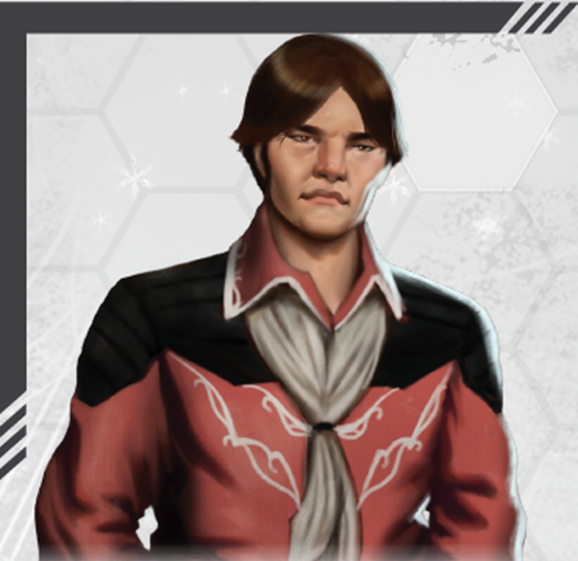
The adventure is more of a series of loose vignettes, and while there are some exciting scenes, the players aren’t really propelled through any exciting story so much as pushed through it by various random natural disasters that happen while they are basically vacationing on Willard’s estate.

Two things should be apparent when looking at this chart of the scenario’s plot:
- Lots of inevitabilities. The assumed path and the inevitable path are nearly identical.
- It seems like a lot of things, just sort of happen to the players.
The plot, frankly, is a bit of a mess. I actually don’t really fully understand what’s going on by the time we hit Disaster Relief. This is probably not how most people will play the module, since there are some suggestions to the GM to sandbox and do activities, but all of the storms, fires, and disasters will end up being how the player’s time in Rakken-Goll ends. I should note, the major flaw in Rakken-Goll’s structure is that, unlike Red Hand of Doom, it is not the sort of yam-shaped funnel that Sly Flourish likes to talk about a lot, it just assumes that GM will turn it into one.
You are expected to do the work of making this module good.
Angry Roast
Taking a look back at the plot of Red Hand of Doom, we still see a lot of inevitability, especially in the latter half of the module. Rakken-Goll is actually written with similar structure in mind, but instead of a written-out Part 2, it assumes imaginary Act 2 needs to be created by the GM. There is even a similar mechanic to Red Hand’s victory points, wherein the players need to race around Rakken-Goll and do good acts to get some mechanical brownie points for Willard.
The fallout of losing brownie points or not getting enough brownie points ends up determining whether or not Willard actually succeeds and becomes a beneficial ally. Lots of brownie points can be found in the highly structured on-rails Storm Disaster clown fiesta that is parts 2, 3, and 4. Parts 2-4 are just not a good plot, nor are they clear, nor does it really matter what the players do.
Which brings me to my larger point: The plot, which the players actually have zero agency in the larger events (as opposed to Red Hand of Doom’s limited agency), assumes the players want to impress Willard and therefore assumes they will spend every waking moment doing so. The adventure breaks if this is not true. Furthermore, the adventure as written fails to deliver on developing an interesting character and scenes for the players to understand Willard as a character. This is a major failure, since the module is allegedly about him. Instead that interesting adventure, we are given a straight yellow train track that takes us to some godawful town for no reason (on a pointless train), has the players deal with the world’s worst antagonists (bad weather, bad fire, and underdeveloped townspeople), all for an allegedly important character that lacks any developmental substance.
Why?
Yes, it’s probably better than Til Contract Do Us Part, but the difference between the two is that I am a random person on the internet, and Mongoose is a professional publisher of RPG products with many years of experience developing (allegedly) good products with high production quality.
In summary: As a source for an engaging structured plot/adventure, Rakken-Goll fails to deliver on its promises due to fundamental problems with understanding how to write to theme, lack of sandbox tools, and a railroad plot.
A Thin and Underdeveloped Sandbox Veneer
Above I mentioned that the scenario assumes that players will have a sort of GM-created Act 2. I do think an Act 2 like that out of Red Hand of Doom would have made my major problems with the module go away. Unfortunately, the problem gets worse, the module is even more difficult to prep when confronted with the module’s lackluster sandbox tools. Still, before I completely rip Rakken-Goll apart, I want to give the production and writing credit where credit is due.
Credit Due
Rakken-Goll provided a handful interesting and full characters for the GM to use. In addition to Willard, we have Willard’s household staff, all of whom have some great descriptions, and their connections to Willard and the wider world of the Third Imperium are really interesting.
Likewise, there were some nice throwaway worldbuilding lines that I thought were nice, and a couple of fun concepts such as “whomen” who are basically the money-trackers of the town. If you make a deal in Rakken-Goll, a whoman needs to be there so they can send a transmission out of town to ensure the credits exchange hands. The GM does get a strong sense for the parts of Rakken-Goll we are shown. But only those parts.
The art was a real step up from Mongoose Traveller’s earlier adventures (stronger direction) and the core rulebook. Likewise the production quality of the book from the background, the paper quality, and the binding are excellent. There are even some neat maps, one of them even being usable without any spoilers (maps with spoiler are my bane, and there will definitely be a future post on this)
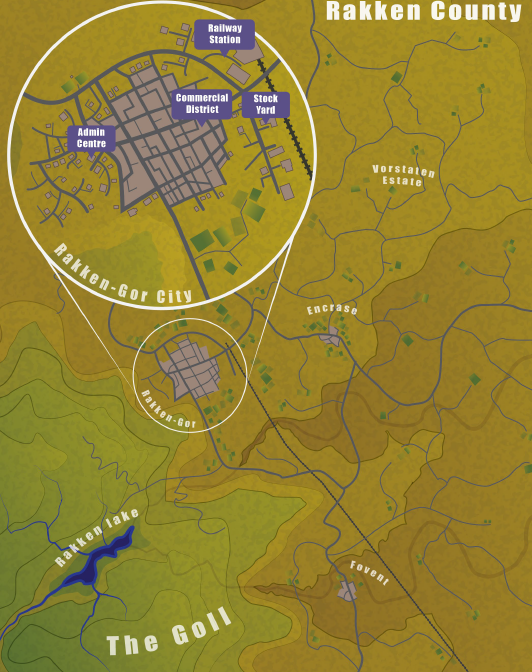
However, it’s now time to return to the roast of Rakken-Gol.
Clarity
One of my many issues with the module is the poor Clarity throughout. There were several times I had to stop and reread passages because they simply did not make any sense. Sometimes this was because of poor editing, for example on page 5, the sentence “The town close to the foot of a steep upland area..” seems to be missing the word “is” between the words “town” and close.”
Another example of this is on page 6, when the city/town of Rakken-Goll is labeled “Rakken-Gor City,” this is presumably an earlier name of the city that probably indicates the name change took place very late in the production process. This was very confusing when I was trying and failing to figure out why the two were different.
Sometimes there were clarity issues due to the overuse of…these three dots. I don’t believe ellipses are the devil, but I do believe that the module would have been stronger with out them. The author often uses ellipses indicate a sort of tone in casual that a native English speaker would be able to identify, and because I only speak English I could easily understand what they were getting. However, their excessive beg the question whether or not a non-native speaker would realize what is being said in the passage below:
“the Travellers can expect to spend almost 24 hours on the train to Rakken-Goll. Seating is… basic… to say the least and the sleeping area is particularly poor.”
This passage would have been more accessible and clearer if it just said that the Travellers find the seats kind of gross and uncomfortable.
A major issue with the module’s Clarity is the lack of an effective and presentable outline. The adventure is described on page 1, without spoilers, but going in the structure is really not made apparent. I believe adventure outlines are one of the most vital pieces of information a module can provide. This is because module writing is a type of technical writing in which you are trying to teach the GM how to run the module you have made. By informing your reader of how you intend to divide and present the scenario in the book, you are better preparing them to understand and retain the information you are providing.
Take, for example, this useful passage from Red Hand of Doom.
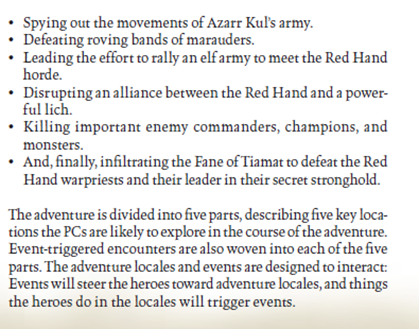
And here is another larger page that summarizes the adventure in Red Hand of Doom. It provides spoilers as to how the event is going to unfold, and a comprehensive structure for the reader to grab on to:
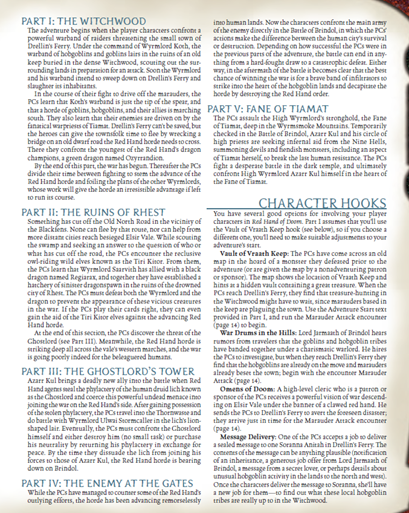
And now compare those examples to how the scenario is summarized in Rakken-Goll:
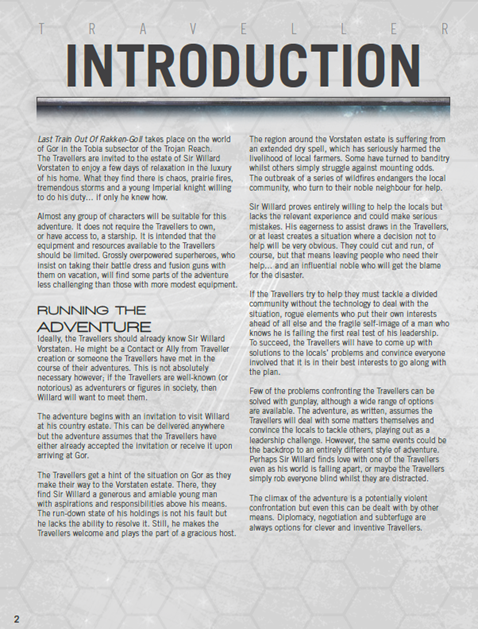
Day and night. Rakken Goll’s wordy summary provides no architecture by which to aid the learning of the module, and the summary itself is with very little substance. It fails to make clear the basic structure, which is a vital part of onboarding the GM, and ensuring the GM understands what the hell is actually happening on this dumb rock.
Direction
The Directional of the module is probably my biggest disappointment, besides the lackluster railroad plot in which the players have no agency.
And let’s be clear, there is a lot of direction in here, but it comes down to this:
- It’s hard to find if it’s there at all.
- It’s the wrong kind of direction.
One particular example of wrong direction the module’s obsession with describing the whether and the hydrology and geography of the region. For example, two paragraphs on page 4:
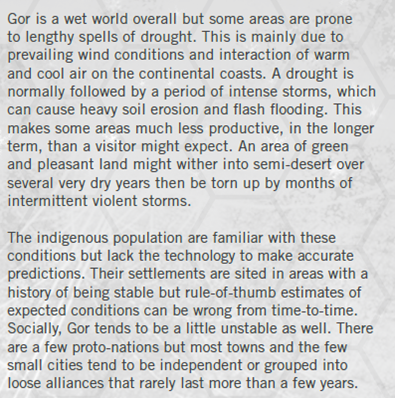
And again on page 7:
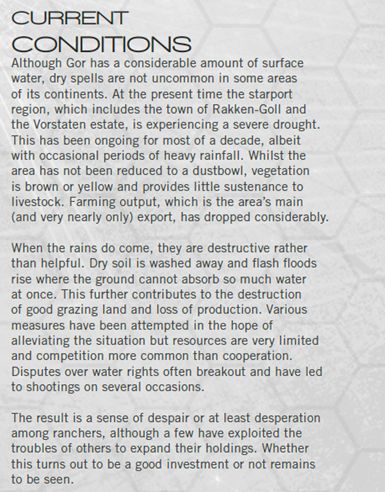
And again on page 15.
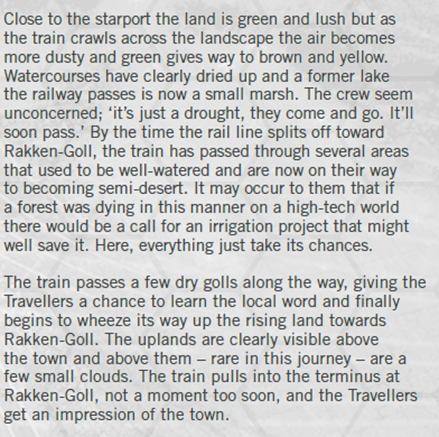
None of this is necessary. This information should have been in Gor’s world profile, which actually indicates that Gor is a wet world.
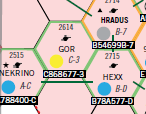
These paragraphs spend valuable space that could have instead been used to actually flesh out the setting details that matter: The people in and around Rakken-Goll and its surrounding communities. The module could have provided any of the following:
- What do the common folk want? Who are their leaders?
- What are common Gorean names?
- What are some vacation activities the players could be doing?
- Who runs the railroad company? Are they jerks, or just ignorant?
- How do these people feel about the Third Imperium? What role does it play in their lives?
But instead it spends more than a full page hitting home the hydrology of the region. We get it, there’s a drought and the setting is the Wild West. Just tell us that and move on.
Instead of this dry detail the module should provides: tables, generators, random encounters, setting bullet points, relationship bullet points, anything that would make running the game a little bit easier. Some nice locations and maps for a firefight could have been useful, at least I would have something interesting for the players to do besides looking at their phones while they wait for a clown fiesta of natural disasters.
But instead, we are left with bare bones mentions about how the railroad is mismanaged, how people are unhappy, how people do credit transactions, and how flash floods are common. We get absolutely zero detail about the region of Rakken-Goll outside of this, which is just an absolute disappointment.
Synthesis
The misguided Direction, poor Clarity, and the conflict of module identity between a linear adventure and a sandbox adventure just make preparing this whole thing a mess. The adventure’s plot is weak and uninteresting and can only be fixed by a GM willing to put in the effort to construct the implied 2nd act to familiarize the players with the setting. Of course, the sandbox tools and suggestions are just so lackluster that a GM would be hard pressed to make adventures in this setting without doing a whole lot of writing themselves.
Two promising halves, riddled with poor decisions, combine together to make a mess of a module.
I also had one other major issue with preparing the adventure:
Information is almost all in block paragraphs, and there is no rhyme or reason as to when a new heading is occur. Getting into a flow with the module is difficult because the wordy writing style is… full of ellipses… and the often only brushes up against setting details that become key to the plot. Some sections are arbitrarily long, some are short. Sometimes they use bullet points, but usually not. Some information is only initially mentioned on the town map (I’ll talk about these in reference), and it would take someone with a eidetic memory to recall it when it is suddenly a major plot point in the final act.
My least favorite example of this is the town of Fovent, which only gets mentioned once on the regional map of Rakken County, only to come back as a potential moral issue when players are about to blow up a silt damn (which is not clearly marked on the regional map at all, I still have no idea where it is). Where is the dam? Why should the players care about Fovent?
Oh well, I guess I have to build out a whole vacation side quest there now, and figure out where the dam is. I have looked through this module for weeks, and I still don’t understand where the dam is.
Anyways let’s talk about Reference.
Reference
This adventure fails for reference, despite trying. Since I’m sick of writing about this adventure, here’s a bullet point summary of how I feel about the maps as table references:
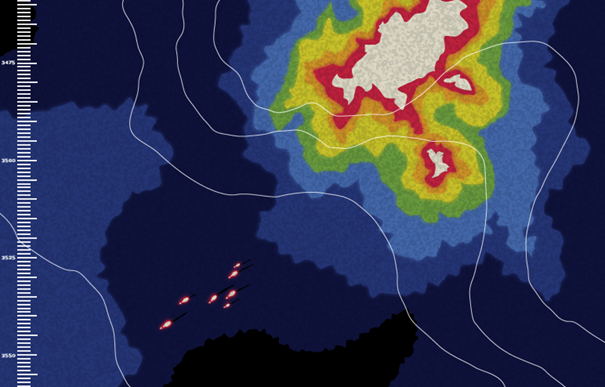
This map makes no sense. It is supposed to be a map of some fires on the prairie. Where are we? Where is Rakken-Goll? The production quality is high at least, so that’s nice.
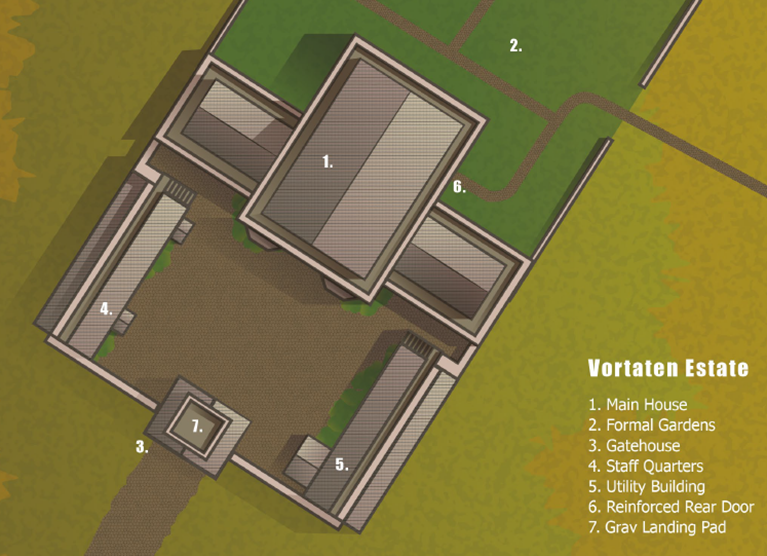
This map of Willard’s compound is pointless. It serves no real use for the adventure, and it isn’t particularly interesting or inspiring to look at. Very little of the adventure actually occurs here.

This map is nice, and a good table reference, but doesn’t make its adventure connections obvious. There is supposed be a silt Dam on here somewhere. I don’t know where it is. Where is it? How does it breaking threaten the town of Forvent? Also, it mislabels the city of Rakken-Goll as Rakken-Gor, which is just confusing.
The writing style and formatting are also a large part of what makes this module a poor table reference. The inconsistent frequency section headers, the casual and blocky paragraph style, and ellipses-laden writing style makes penetrating this adventure as a table reference much more difficult than it should be, so much so that I basically ended up writing my own descriptions and summation of events.
Conclusion
For the $15 you spend, you don’t really get a usable adventure. The module seems cut down the middle between two competing ideas that both end up being half-baked, and its priorities are all in the wrong place. While its production quality is an improvement on earlier Traveller modules and adventures, I don’t think that justifies any readers going out and purchasing it. The only exception could be is if you’re looking for an interesting Patron for your Traveller game. Sir Willard Vorstaten is a really compelling character, and despite how much I have raged on this module in my review, I am using him, his estate, and Rakken-Goll in my current Traveller game. However, the adventure and sandbox that that my players are going to get will be much cooler because I’m writing it for them.
Conclusion: The Last Train out of Rakken-Goll does not assist the GM enough in presenting a plot to players. Its usability is low. I cannot recommend it.
Anyways, that’s all for this week folks. If I learned anything this week, it’s that I did not like this adventure, and that I will need to avoid trying to do repeat its (many) mistakes in my future adventure designs. Next week I’ll be taking a look at the classic D&D module, Keep on the Borderlands. Has it aged well? Has it aged poorly? What parts of its design are still relevant for modern designers? Find out next time!
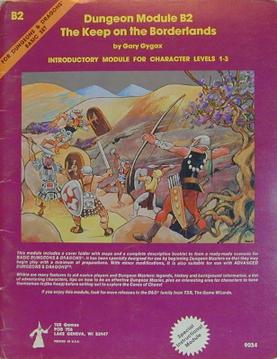
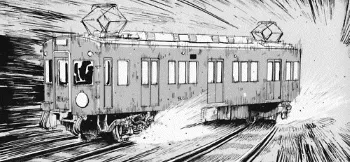
Leave a comment